
Coronavirus in the U.S., what the country can learn from New York
Despite the late response of the Donald Trump administration to the COVID-19 pandemic, there are states that have successfully taken matters into their own…
Since the first case of Coronavirus in the United States was reported on January 21, 2020, many in the country wish they had a time machine to go back and make smarter decisions.
As was the case in the first affected countries –China, Italy, and Spain– the government response was perhaps timid in measuring the proportions of what is now a pandemic with a cautious prognosis.
Only nine days after the first case was reported in the country, the media in Chicago confirmed the first case of person-to-person transmission, the same day the World Health Organization warned that this was a public health emergency for the entire world.
Four days later the number of cases rose to twelve, and fifteen days later the contagion was community-based, with no contact with people from China.
The deaths began to be reported a month after the first case, and since then there have been 622, and almost 50,000 cases, of which 361 have been recovered.
Of all the states in the union, the one with the highest number of cases has been New York, with a rate that quickly exceeded 10,000 - currently 25,665 cases - followed closely by New Jersey (2,844) and California (2,266).
In addition to the strong impact of the virus on the territory, New York has also been notable for its government's response to control the spread of the virus and to provide immediate primary care.
The first confirmed case of COVID-19 in New York State was reported on March 1, and in just 23 days, the state is approaching 30,000 confirmed cases.
Six days after the first report, Governor Andrew Cuomo declared a statewide state of emergency and issued an order requiring all ill citizens to avoid contact with others, as well as exposure to public traffic and common areas.
Cuomo also asked federal officials "to nationalize the manufacture of medical supplies" and redoubled efforts to prevent congregations of people in public, according to the New York Times.
In recent days, his office has proposed establishing temporary hospitals in the suburbs and "building a massive medical bivouac" at the Jacob Javits Center on Manhattan's West Side.
RELATED CONTENT
The increase in the testing protocol, the closing of all non-essential businesses, and the order to stay home for all citizens –except to search for food, medicine or allow themselves short periods of exercise– have set the tone for how the entire country will have to deal with the situation, even though many states seem unwilling to do so.
"New York is going first. We have the highest and fastest rate of infection. What is happening in New York is going to wind up happening in California, and in Washington state, and Illinois," Cuomo said at a press conference Tuesday. "Where we are today, you will be in three or four weeks or five or six weeks. We are your future.
Despite not having unconditional support from the Trump administration –which in the midst of the crisis has sent "only 400 ventilators," Cuomo said- the prompt response from the leadership in New York is precisely what public health and epidemic experts recommend.
Nationwide, 250,000 Americans have been tested for the virus, The Hill reported, "with just over 30,000 positive results" so far. And although Trump has announced the mobilization of the National Guard and the construction of makeshift medical facilities in New York, California, and Washington, his government continues to approach the crisis from economic concerns rather than specialist recommendations.
On Monday alone, the president "played down the dangers of the pandemic," emphasizing "the need for the country’s economy to get back to normal," according to the Washington Post.
"America will again — and soon — be open for business," Trump said, echoing a position that helped the late response of states such as Michigan, Ohio, Louisiana and Oregon, which were the last to institute orders for citizens to stay home.
The example of leadership seems to have moved, then, from Washington to New York.



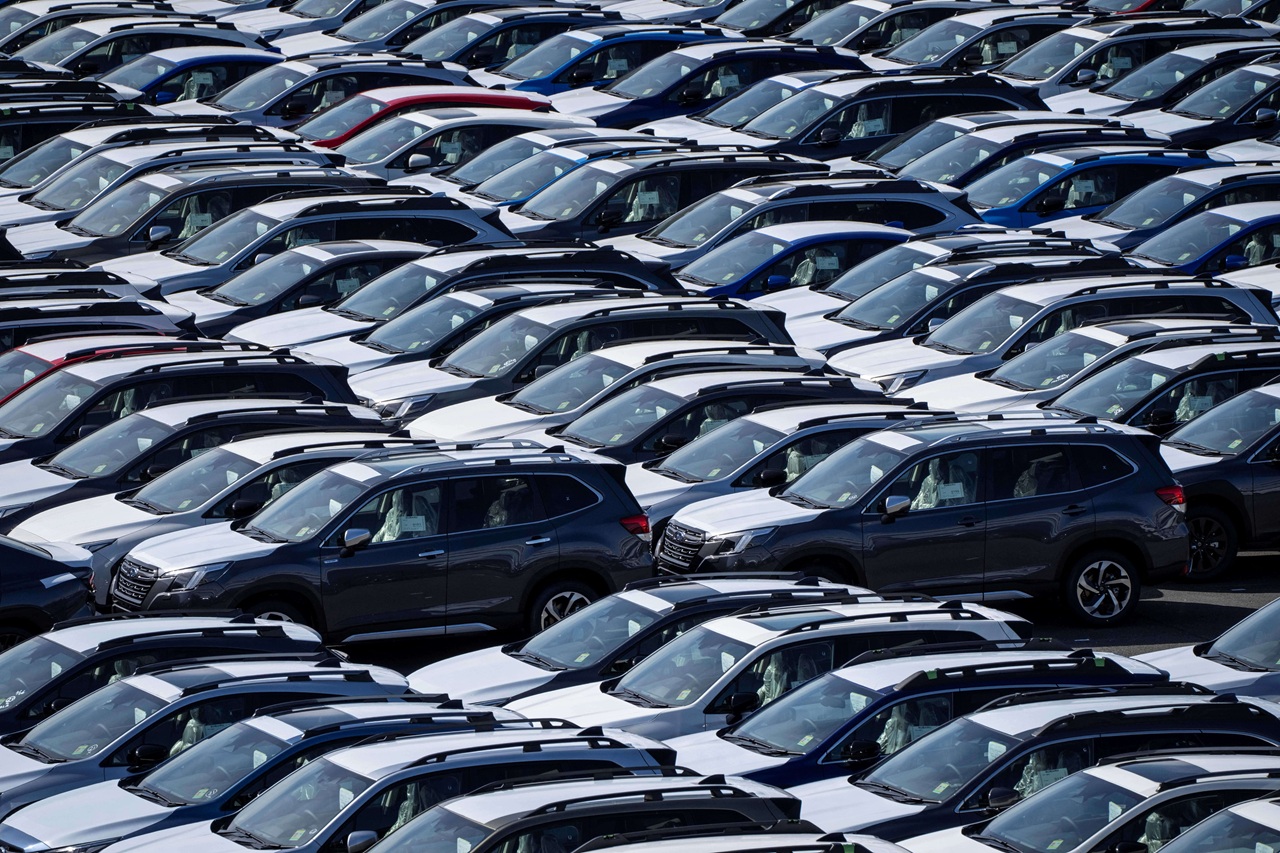

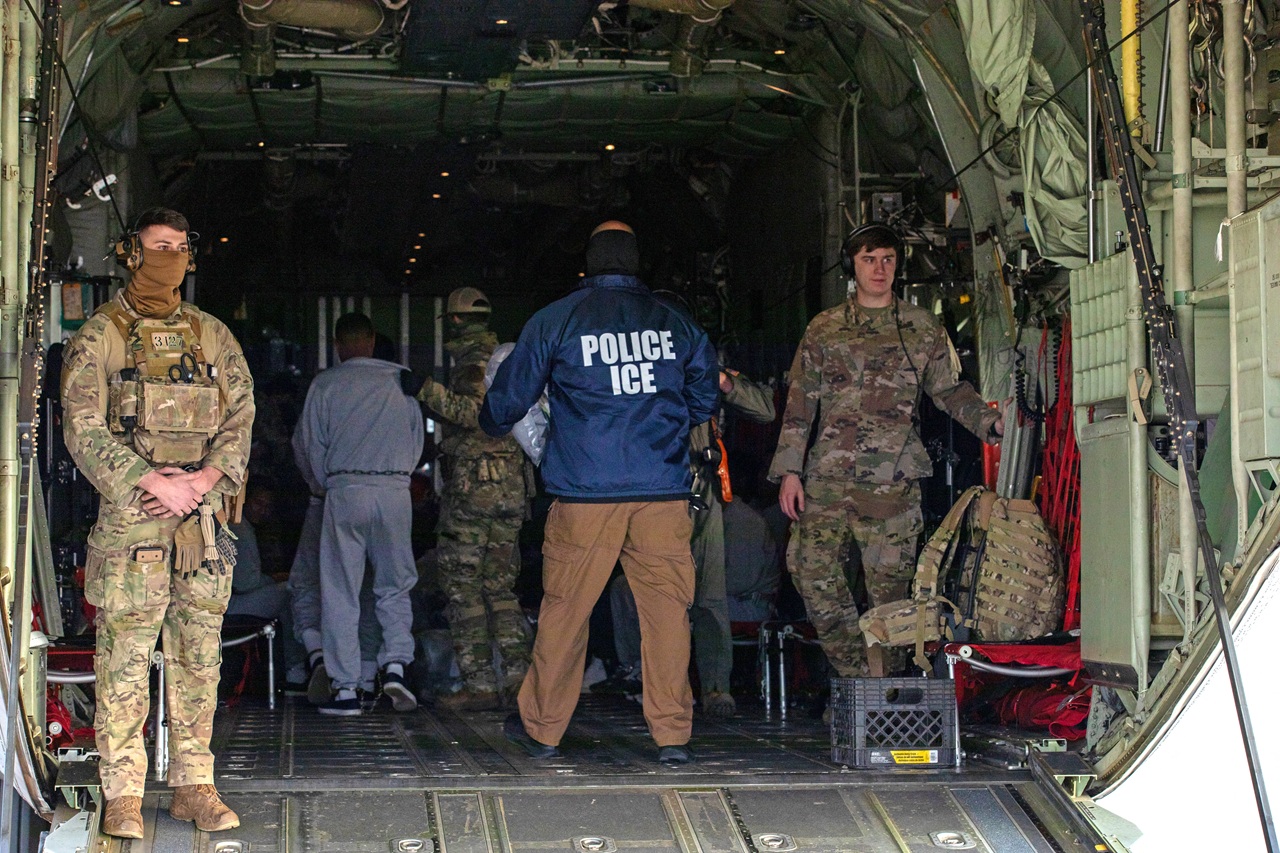
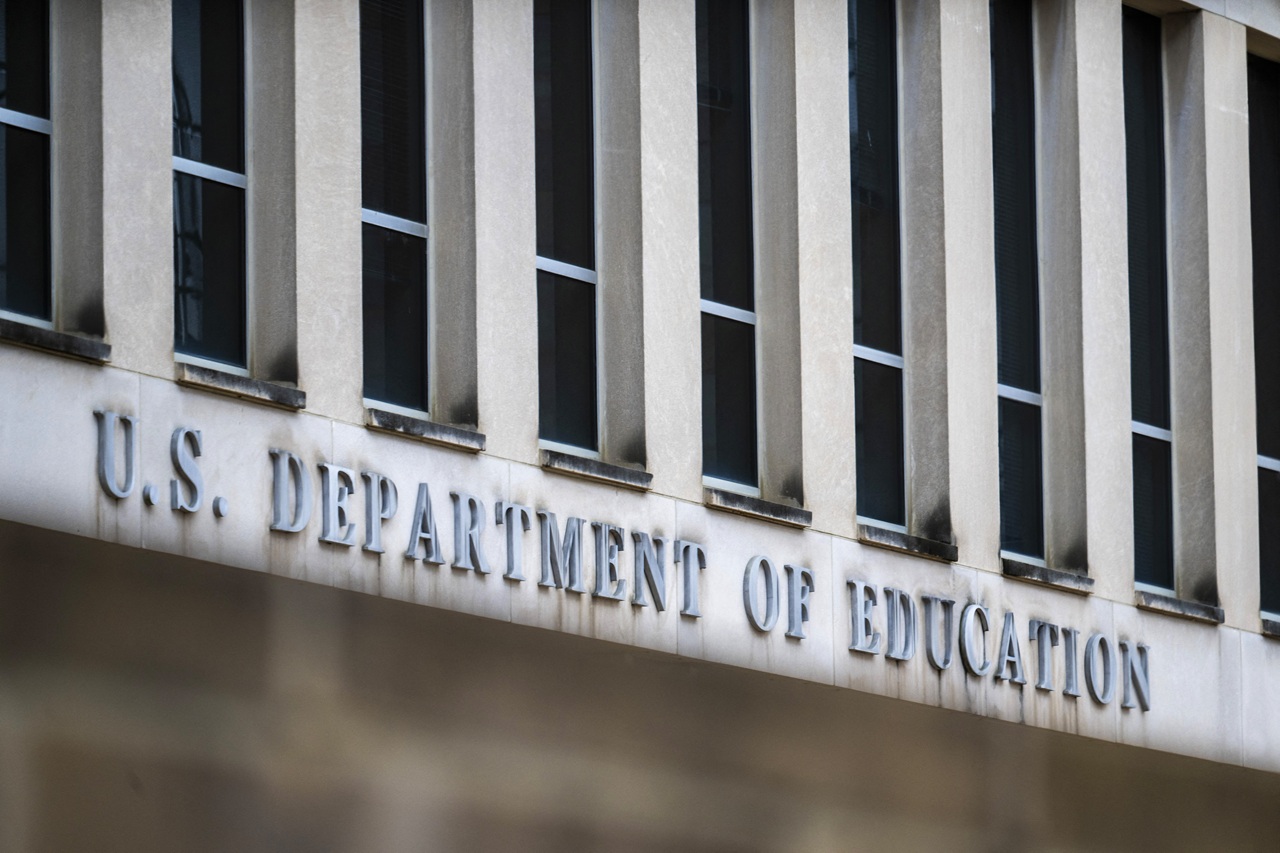

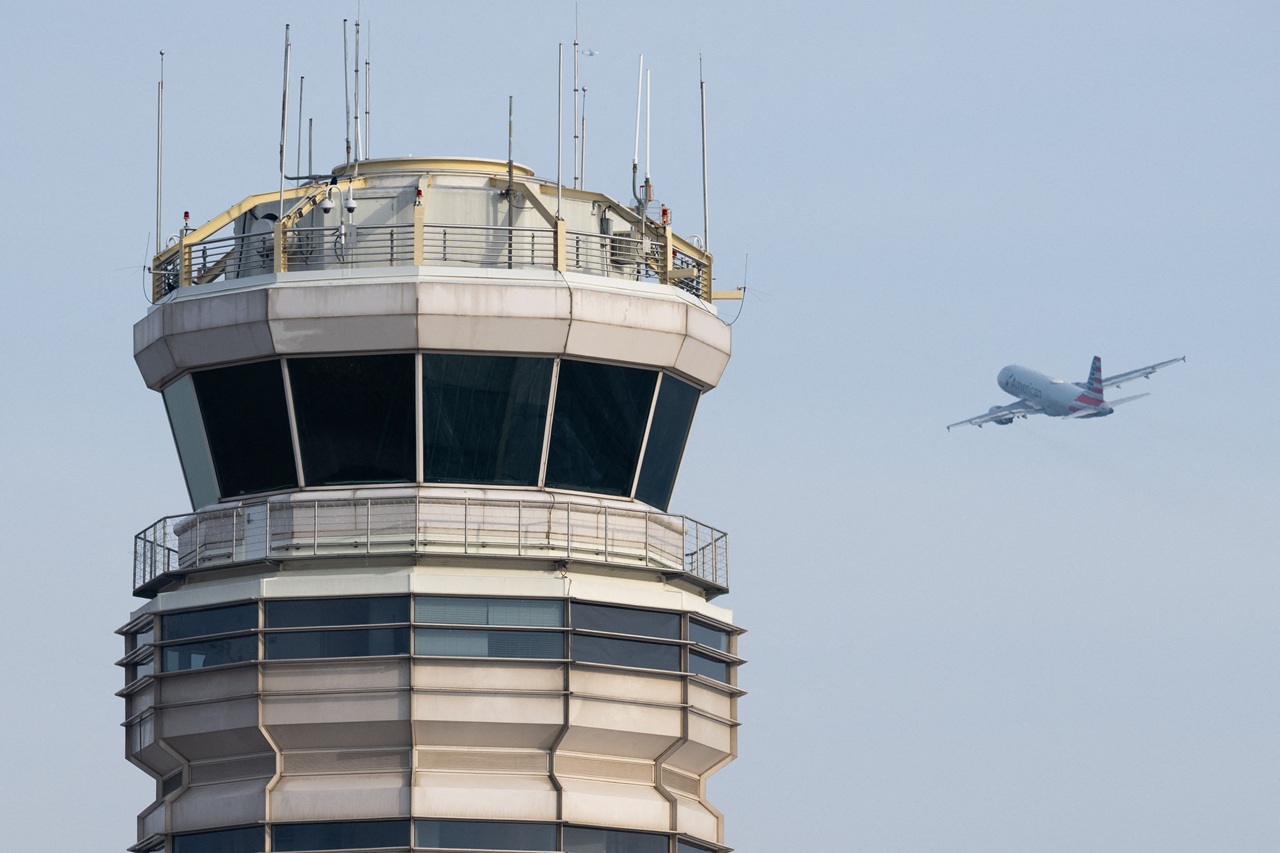
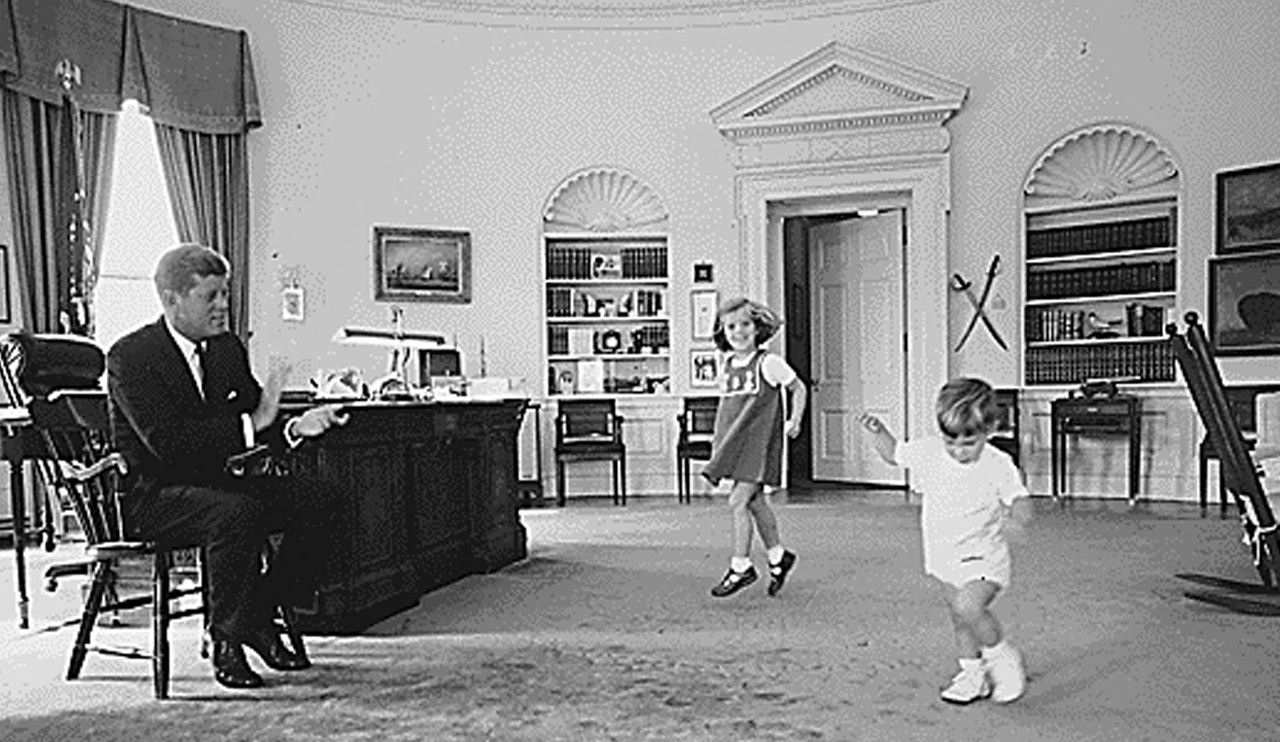

LEAVE A COMMENT: